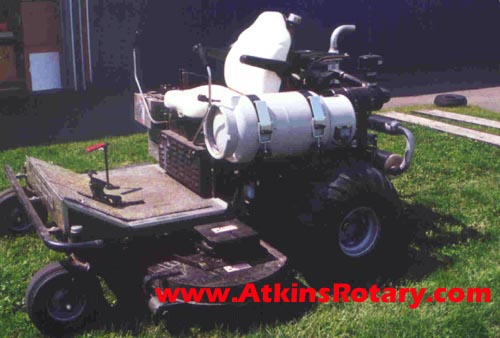I was in the soft starter business for 20+ years. Without knowing anything else about your application, here's some general advice.
Don't go too cheap. Soft starters are designed and built to a "numbers game". If one is cheaper than another, there is a reason. The usual method of cutting cost is to remove heat sink material and then call it "light duty". In some applications, such as many centrifugal pumps, that might be OK. I mention it to make sure you know what you are getting. Sometimes manufacturers don't actually tell you the product is light duty, they bury the information in a chart (or charts) by which you have to know, in advance, the ramp time, current limit and ambient temperature before you even buy the product. That's usually a clue as to how they approach the market and you need to be extra careful with them.
Be aware of where and how you are going to mount it. Use ventilated enclosure styles ONLY if it is going to be mounted in a very clean protected room. Soft starters produce heat, which means fans, and fans pull in dust and contaminants along with the cooling air. Filters just add to your maintenance burden. If there is any chance the soft starter is going to be in a dirty or wet environment, use a sealed enclosure (NEMA 4 or 12) and a bypass contactor.
Think ahead about a bypass contactor. If you want or need, for any reason, the ability to start the motor across-the-line should something happen to the soft starter (i.e. lightning hit etc.), then the cheaper one's that have "integral bypass contacts" are useless. You will still need a separate bypass contact and overload relay anyway, so you end up paying for it twice. However you might consider leaving the old X-line starter you have now in place as the emergency bypass and getting one of the less expensive soft starters.
Buy from someone you trust who knows what the product is. Lots of people have access to them, not all of those people have a clue what they are or how to support them. If you want to be your own tech support, no problem, but if not, talk to potential suppliers who have good people on staff.


